Contents


Vitamin K got its name from the Latin. koagulationsvitamin – coagulation vitamin.
The group of vitamins K includes fat-soluble compounds, with the help of which clots are formed, bleeding stops.
Discovery history. Dane Henrik Dam studied the condition of chickens that are deficient in cholesterol. The birds were fed a low cholesterol diet for several weeks. After some time, the chickens showed signs of hemorrhage – hemorrhages in the subcutaneous tissue, muscles. Further research made it possible to isolate a substance that had a hemostatic effect. This is how vitamin K appeared – the coagulation vitamin (lat. – Koagulationsvitamin).
Henrik Dam, as the author of a unique discovery, received the Nobel Prize in Physiology or Medicine in 1943.
Vitamin K1, K2 and K3 – what’s the difference?
Vitamin K1 – phylloquinone. The source of vitamin K1 is plant foods, such as leafy green vegetables. Of the entire group, approximately 75-90% of this particular element enters the body. Studies show that vitamin K1, which is found in plants, is poorly absorbed. Of the total amount, the body absorbs only 10% of the active vitamin compound. [1]. The best absorption of phylloquinone is provided by the simultaneous consumption of vegetables with some fats.
Vitamin K2 divided into several subtypes – menaquinones (MK). Each of them differs in side chain length from MK-4 to MK-13. Sources of vitamin K2 are animal products, fermented foods. The issue of absorption of vitamin K2 by the body continues to the present. There is an expert opinion that if K2 is contained in foods with fats, then it is absorbed better, since it has a fat-soluble structure.
Vitamin K3 – menadione – an artificially synthesized water-soluble analogue of vitamin K. The drug is actively used in veterinary medicine. Human studies have shown the harmfulness of vitamin K3. Its impact on the body caused damage to liver tissues, destruction of red blood cells. In this regard, menadione is not prescribed as a prophylactic in the form of food supplements. It is used only in the treatment of certain pathologies strictly under medical supervision.
Food record holders for the content of vitamin K
What foods contain the most vitamin K? Of course, green leafy vegetables are in the lead, but here it must be borne in mind that only 1% of vitamin K10 is absorbed from them. Much more powerful is vitamin K2, which is found only in fermented foods and animal products.
When choosing foods, keep in mind that the structure of vitamin K remains stable under different types of processing. When cooking, the beneficial properties of the compound remain, unlike other vitamins. The loss of valuable qualities after exposure to high temperatures is no more than 5%. Much more vitamin K is destroyed by freezing – about 30%.
TOP 10 products with vitamin K1
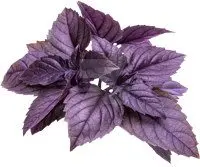 Dried: 1715 mcg Fresh: 415 mcg
Dried: 1715 mcg Fresh: 415 mcg Dried: 1714 mcg
Dried: 1714 mcg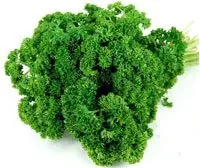 Fresh: 1640 mcg
Fresh: 1640 mcg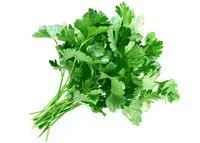 Dried: 1359 mcg Fresh: 310 mcg
Dried: 1359 mcg Fresh: 310 mcg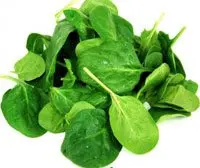 Fresh: 493 mcg
Fresh: 493 mcg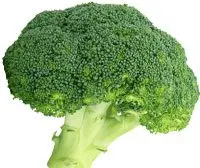 141 mcg
141 mcg Boiled: 109 mcg Fresh: 76 mcg
Boiled: 109 mcg Fresh: 76 mcg 60 mcg
60 mcg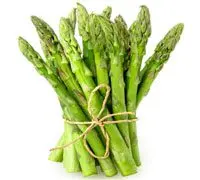 51 mcg
51 mcg Root: 41 mcg Fresh leaves: 29 mcg
Root: 41 mcg Fresh leaves: 29 mcgTOP 5 fruits
If you love fruits and want to boost your vitamin K levels at the same time, here are the top 5 fruits for you:
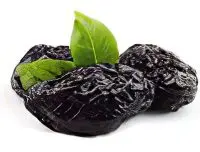 59,5 mcg
59,5 mcg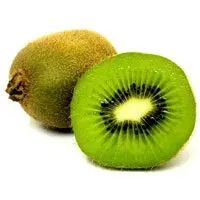 40,3 mcg
40,3 mcg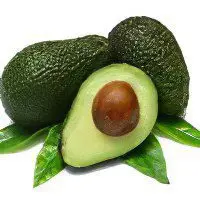 21 mcg
21 mcg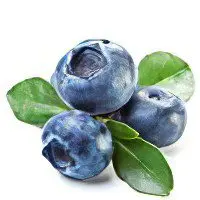 19,3 mcg
19,3 mcg 16,4 mcg
16,4 mcgTOP 5 products with vitamin K2
Fermented Japanese natto beans have the highest concentration of vitamin K2, MK-7. Fermented foods provide the human body with several milligrams of vitamin K daily. This greatly exceeds the amount of valuable substance found in leafy vegetables.
A study of the composition of the blood after taking one serving of natto showed a change in clotting properties up to four days. Compared to other products, this is the highest indicator of the effectiveness of vitamin K [2].
 1000 mcg
1000 mcg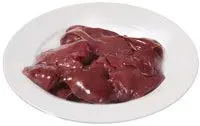 369 mcg
369 mcg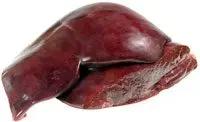 106 mcg
106 mcg 57-76 μg
57-76 μg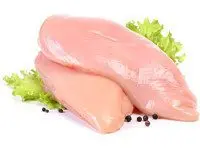 35,7 mcg
35,7 mcg+ 10 more popular foods rich in vitamin K (mcg) | |||||
Mayonnaise | 163 | Green pea | 21,4 | ||
Green onion | 156 | Blackberry and Blueberry | 19,3 | ||
Pine nut | 54 | cucumbers | 16,4 | ||
Cashew | 34 | Date fruit | 15.6 | ||
Chocolate cupcake | 29 | Carrots | 13,2 | ||
View the entire table of 350+ products ➤
Daily Value of Vitamin K for Women, Men and Children
The daily requirement for vitamin K is 120 micrograms per day for an adult. Recommended dosages vary by country. The European Committee for Food (ECP) has defined a dose of 1 µg per 1 kg of body weight. In Germany, Austria and Switzerland, men are shown taking 70 micrograms for men, 60 micrograms for women.
Age | Men, mcg/day: | Women, mcg/day: |
0-6 months | 2,0 | 2,0 |
7-12 months | 2,5 | 2,5 |
1-3 years | 30 | 30 |
3-7 years | 55 | 55 |
7-11 years | 60 | 60 |
11-14 years | 80 | 70 |
14-18 years | 120 | 100 |
From 19 years and older | 120 | 120 |
Pregnancy | 120 | |
Lactation | 120 |
Norms of physiological needs in the Russian Federation (RF, MR 2.3.1.2432-08)
[Video] Vitamin K2: Why, where, how much?









